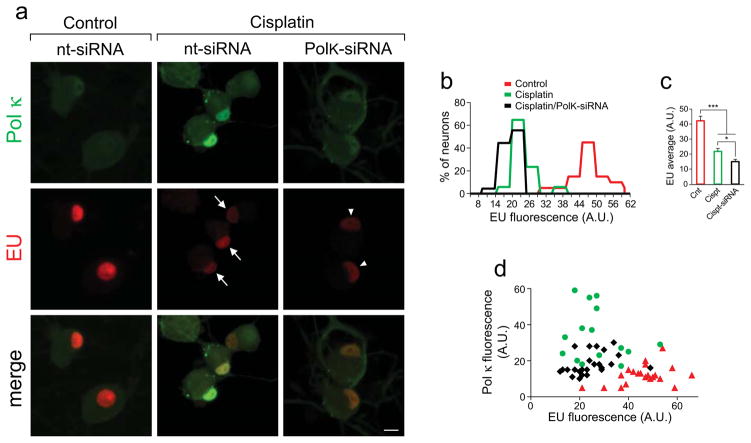Fig. 5. Cisplatin-induced suppression of RNA synthesis in DRG neurons is exacerbated by Pol κ knockdown.
(a) EU incorporation into newly synthesized RNA is detected as intense red nuclear and nucleolar fluorescence. EU signal was markedly reduced by cisplatin (arrows) with additional decrease by transfection with PolK-siRNA (right panel, arrowheads), concurrent with reduced Pol κ immunoreactivity. Bottom, merged images, scale bar, 10 μm. (b) Frequency histograms of EU fluorescence of individual nuclei (A.U., arbitrary units). (c) Bar graph shows mean ± SEM values of EU intensities of individual DRG nuclei following the different treatments. At least 50 nuclei were analyzed for each experimental condition. Data were pooled from 3 independent biological experiments; *different from PolK-siRNA, P<0.05; ***different from control, P<0.001. (d) Scatter plot of EU and Pol κ immunofluorescence of individual nuclei under control conditions (red triangles) and after cisplatin exposures with PolK-siRNA (black diamonds) or nt-siRNA (green dots); values from one experimental set are plotted (n=20 per condition).

